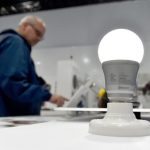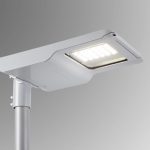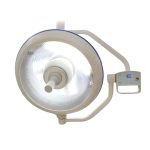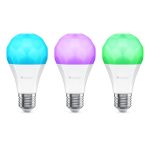StepbyStep Guide: Building an LED Light Bar for Your DIY Project
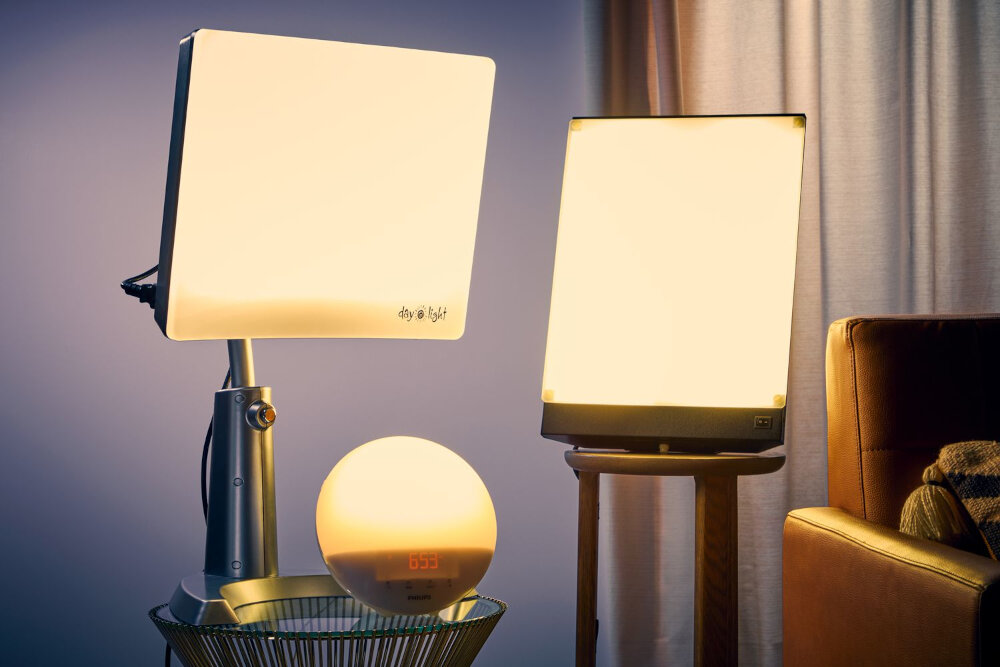
LED light bars are a popular addition to many DIY projects, from custom cars to home lighting setups. These efficient and versatile lights are easy to work with and can be customized to suit a variety of needs. Whether you’re looking to add some extra illumination to your next project or want to create a unique lighting fixture, building an LED light bar is a great place to start. In this step-by-step guide, we’ll walk you through the process of building your own LED light bar from scratch. We’ll cover everything from choosing the right components to assembling your finished product, so even if you’re new to DIY electronics, you’ll be able to follow along with ease. By the end of this guide, you’ll have a fully functional LED light bar that you can use in a wide variety of applications. So let’s get started and see what we can create!
The article titled \Step-by-Step Guide Building an LED Light Bar for Your DIY Project\ has been written with the purpose of providing a comprehensive guide for individuals interested in building their LED light bar. The article outlines the necessary tools and materials required for the project, the step-by-step instructions for constructing the LED light bar, and the precautions that need to be taken during the process. The article aims to help individuals with a DIY mindset to create a customized LED light bar that meets their specific needs and preferences. Additionally, the article intends to encourage individuals to take on DIY projects that can help them save money and develop new skills.
Building an LED light bar requires a few essential steps. First, gather all the necessary materials, including LED strips, aluminum channels, power supply, wire, and soldering tools. Next, measure the desired length of the LED light bar and cut the aluminum channel and LED strip accordingly. Then, attach the LED strips to the aluminum channel and secure them with screws. After that, connect the LED strips to the power supply using wires and soldering tools. Finally, test the LED light bar to ensure that it is functioning correctly. With these steps, you can build a durable and efficient LED light bar that adds brightness and style to your DIY project.
Materials Needed
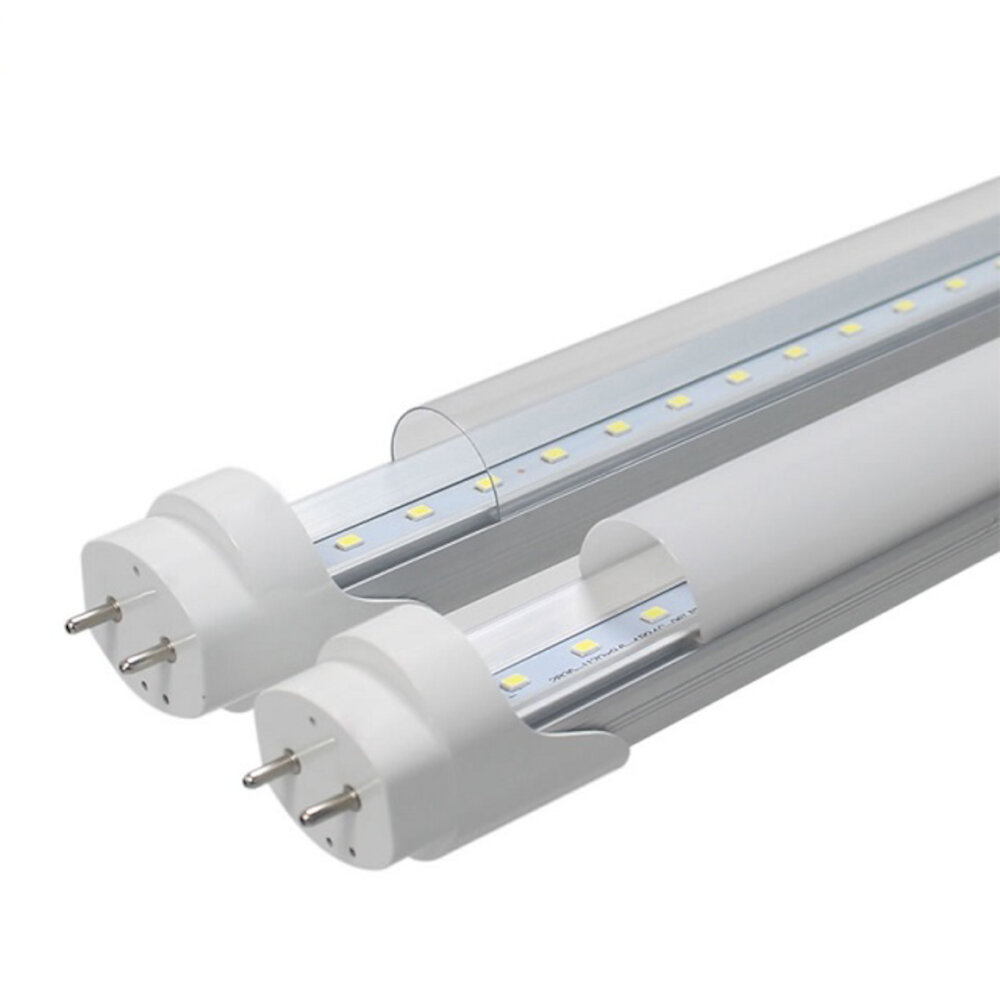
When planning to build an LED light bar, it is essential to have all the necessary materials in hand. These materials will ensure that the project is completed without any hiccups and will guarantee the proper functioning of the LED light bar. Firstly, an aluminum extrusion is needed to house the LED lights. This extrusion will not only protect the lights but also ensure that the heat generated is dissipated efficiently. Secondly, LED strips are required to emit light. It is recommended to use high-quality LED strips with a high CRI (Color Rendering Index) for better color accuracy. Additionally, a power supply is necessary to provide electricity to the LED light bar. It is crucial to choose a power supply that can handle the voltage and amperage required by the LED strips. Thirdly, a dimmer switch is essential to control the brightness of the LED light bar. This switch will allow users to adjust the lighting according to their needs, resulting in a more personalized experience. Fourthly, wires and connectors are needed to connect the LED strips to the power supply and the dimmer switch. It is essential to use high-quality wires and connectors to ensure that the connection is secure and safe. Finally, a soldering iron and solder are essential to make connections between the wires and the LED strips. It is recommended to use a soldering iron with adjustable temperature settings to ensure that the solder melts evenly and does not damage the LED strips.
Building an LED light bar requires a few essential materials to get started. Firstly, you will need LED strips, which come in different lengths and colors, and a power supply adapter to convert AC voltage to DC voltage. You will also require a heat sink to dissipate heat generated by the LEDs, a controller to adjust the brightness and color of the LEDs, and a PCB board to mount the LEDs. Other materials you will need include soldering iron, solder wire, wire strippers, and electrical tape to connect the LED strips and the power supply adapter. Finally, you will need a suitable enclosure to house the LED light bar, such as an aluminum profile or a plastic casing. With these materials, you can follow the step-by-step guide to build an LED light bar for your DIY project.
In building an LED light bar for your DIY project, it is important to understand the different materials used and their purposes. The LED strips are the light source and come in various colors and brightness levels. The aluminum channel is used as a heat sink to dissipate heat from the LEDs and protect them from damage. The diffuser covers the LEDs and helps to distribute the light evenly. The power supply provides the necessary voltage and current to operate the LEDs. The wiring connects the LED strips to the power supply and the switch turns the light on and off. All of these materials work together to create a functional and efficient LED light bar that can be customized to fit any DIY project.
StepbyStep Guide
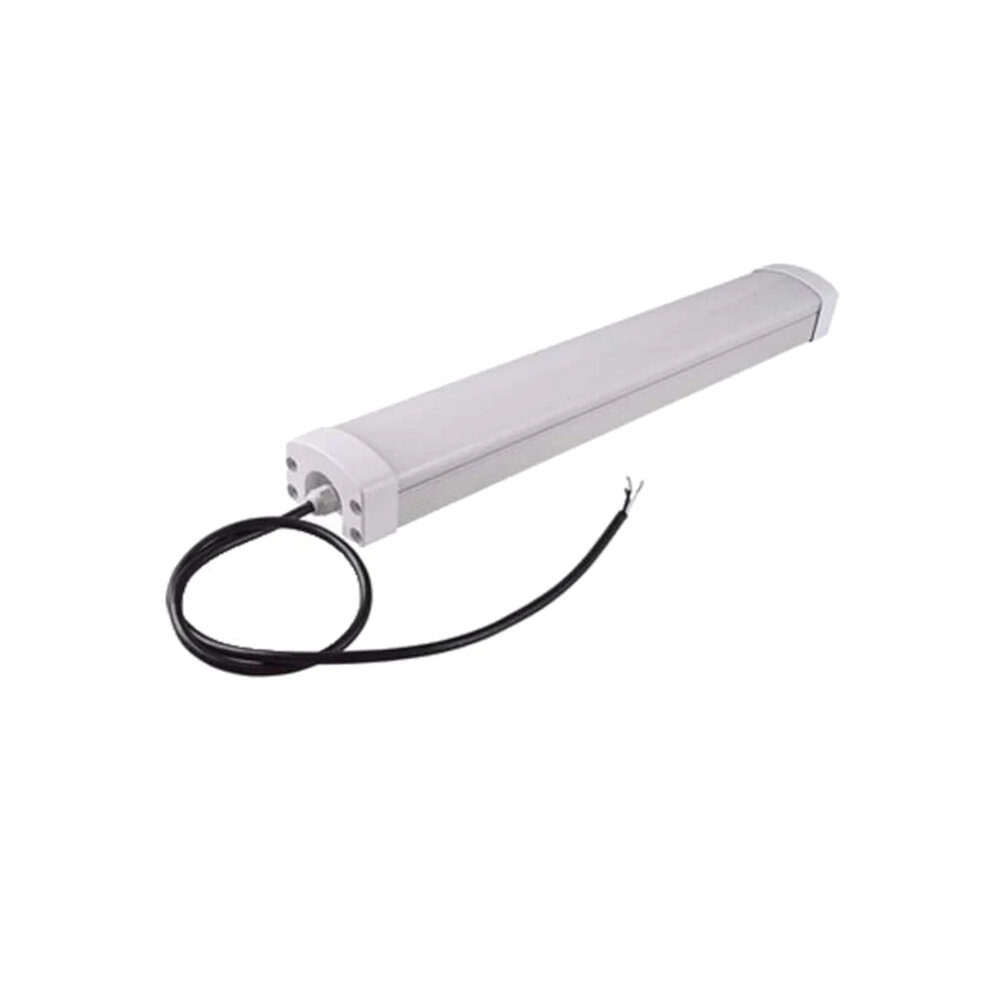
A step-by-step guide is an essential tool for any DIY project, including building an LED light bar. It helps to ensure that you have all the necessary materials, tools, and knowledge needed to complete the project successfully. The guide provides detailed instructions on each stage of the process, from designing the light bar to wiring it up and testing it. Following the steps in the guide ensures that you don’t miss any critical steps or make any mistakes that could compromise the performance or safety of the light bar. It also helps to make the project more manageable and less overwhelming, breaking it down into smaller, more manageable tasks. Building an LED light bar for your DIY project can be a fun and rewarding experience. With a step-by-step guide, you can easily follow the process and create a light bar that meets your needs and specifications. Whether you’re a beginner or an experienced DIY enthusiast, the guide provides valuable insights and tips that can help you achieve your goals. By following the steps in the guide, you’ll learn new skills, gain confidence, and have a sense of satisfaction in creating something unique and useful. So why not give it a try and see what you can create?
The first step in building an LED light bar is to plan the size and layout of the bar. This is a crucial step as it will determine the number of LED lights required and the overall dimensions of the light bar. It is important to consider the intended use of the light bar and the space available for mounting it. The layout of the LED lights should be carefully planned to ensure even distribution of light and maximum coverage. The size of the light bar should also be determined based on the available space and the desired level of brightness. Proper planning at this stage will ensure that the LED light bar is efficient, effective and meets the requirements of the DIY project.
After acquiring the necessary tools and materials, the next step in building an LED light bar for your DIY project is cutting and preparing the aluminum housing. This requires precise measurements and cutting to ensure that the housing fits the LED lights securely. It is important to use safety gear such as gloves and goggles to prevent injuries. Once the housing is cut and prepared, it can be drilled to create holes for the LED lights and wiring to pass through. This step is crucial in ensuring that the LED lights will be properly housed and protected, and that the final product will be both functional and visually appealing.
Step 3 of building an LED light bar involves wiring the LED lights to a power source. This step requires careful attention to detail as any mistakes can result in damaging the lights or even causing a fire hazard. It is recommended to use a wiring harness kit that includes a switch, relay, and fuse, to ensure proper wiring and safety. The wiring process involves connecting the positive and negative wires of the LED lights to the corresponding wires of the harness kit, and then connecting the harness kit to a power source such as a car battery. It is crucial to test the wiring before mounting the LED light bar to ensure that it is functioning properly. Overall, wiring the LED light bar is an essential step that requires careful attention and precision to ensure safety and optimal performance.
Step 4 of building your LED light bar involves installing the LED lights. This is the point where you start seeing the fruits of your labor. Begin by carefully placing the LED strip lights along the length of the aluminum channel, making sure they are evenly spaced and securely attached. Next, connect the wires to the power source, ensuring that the positive and negative terminals are correctly aligned. Test the lights to make sure they are working correctly before moving on to the final step. The LED lights not only provide ample illumination, but they also add a touch of sophistication to your DIY project.
After assembling the LED light bar, it’s time to mount it. First, decide where you want to position the light bar and mark the spots where the mounting brackets will go. Then, attach the brackets to the light bar using the screws provided. Next, position the light bar onto the vehicle or surface where you want it to be mounted and secure the brackets using nuts and bolts. It’s important to make sure the light bar is level and secure before connecting the wiring. Use a level to ensure the light bar is straight and tighten the bolts to prevent any wobbling or movement. Once the light bar is mounted, you can connect the wiring and test it out to make sure it’s working properly.
Tips for Success

Success is not just about achieving a goal but also about the journey. When it comes to DIY projects like building an LED light bar, success requires patience, perseverance, and attention to detail. Here are some tips that can help you achieve success in your DIY project:Firstly, it is important to plan ahead. This means researching the materials you need, creating a detailed plan, and setting realistic goals. It is also helpful to break down the project into manageable steps and tackle one at a time. Secondly, attention to detail is crucial. Make sure to measure accurately and double-check your work. Small mistakes can easily add up and lead to bigger problems down the line. Lastly, don’t be afraid to ask for help. Whether it’s a friend, family member, or online community, reaching out for advice or assistance can make all the difference in achieving success. In conclusion, success in a DIY project like building an LED light bar requires planning, attention to detail, and a willingness to ask for help. By following these tips and staying committed to the process, you can achieve your goals and enjoy the journey along the way.
To ensure a successful build for your DIY LED light bar project, there are a few additional tips to keep in mind. Firstly, make sure to have all the necessary tools and materials before starting the project. Secondly, follow the step-by-step guide carefully and double-check your work at each stage. Thirdly, take your time and don’t rush the process, as this can lead to mistakes and errors. Fourthly, test the LED light bar thoroughly before mounting it, to ensure that it is working properly. Lastly, be open to making adjustments and improvements as needed, as this will help you achieve the best possible results. By following these additional tips, you can create a high-quality LED light bar that will meet your needs and exceed your expectations.
When building an LED light bar for your DIY project, there are several common mistakes that can be easily avoided with proper planning and attention to detail. One of the biggest mistakes is not properly calculating the power requirements for your LED lights. This can lead to underpowered or overpowered lights that may not function properly or could even be a safety hazard. Another mistake is not properly securing the LED lights to the frame, which can result in the lights falling off or becoming damaged during use. It is also important to properly waterproof the LED light bar to prevent damage from moisture or other elements. By avoiding these common mistakes and taking the necessary precautions, you can ensure that your DIY LED light bar is safe, functional, and long-lasting.
Building an LED light bar for your DIY project requires a few essential steps. Firstly, gather all the necessary materials such as LED lights, heat sinks, and power supplies. Secondly, determine the size and shape of the light bar according to your desired project specifications. Thirdly, assemble the LED lights onto the heat sinks and connect them to the power supply. Fourthly, mount the LED light bar onto a suitable housing, ensuring that it is securely fixed. Lastly, test the LED light bar for functionality and make any necessary adjustments before using it for your DIY project. With these steps completed, you can enjoy a custom-built LED light bar that will bring your DIY project to life.
In conclusion, building your own LED light bar can be a fun and rewarding DIY project that not only saves you money, but also allows you to customize the lighting to your specific needs. With the step-by-step guide provided, anyone can successfully complete this project with a little patience and effort. So don’t be afraid to take on this challenge and let your creativity shine through. Remember, the satisfaction of seeing your finished product in action will be well worth the time and energy invested. So roll up your sleeves and get started on building your very own LED light bar today!
Conclusion
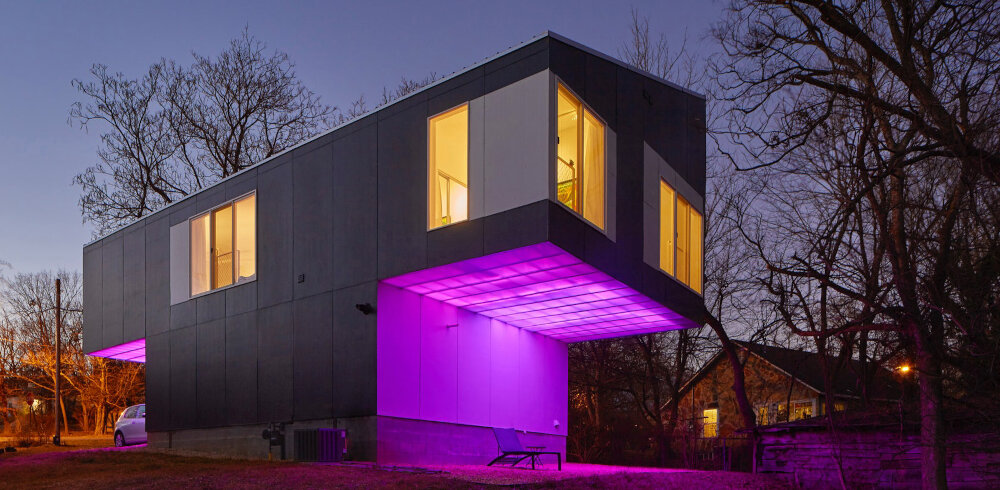
In conclusion, building an LED light bar for your DIY project can be a fun and rewarding experience. By following the step-by-step guide provided, you can create a custom lighting solution that perfectly fits your needs. From choosing the right components to assembling and wiring everything together, there are many factors to consider. However, with some patience and a willingness to learn, anyone can successfully build their own LED light bar. Whether you’re looking to light up your workbench or add some flair to your vehicle, this project is a great way to explore your creativity and develop new skills. So why not give it a try and see what you can create?

